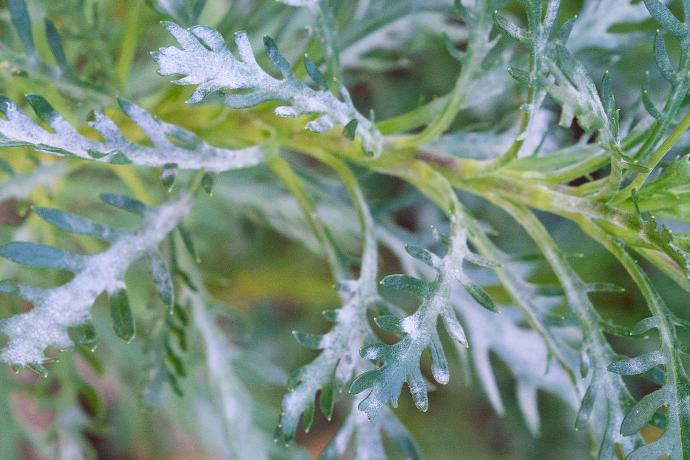Aralia Plant
Aralia, or Schefflera, is an easy-to-care-for houseplant. It thrives in bright, indirect light and well-draining soil. Allow the top inch of soil to dry between waterings. Regular pruning can help maintain its shape and encourage bushier growth.
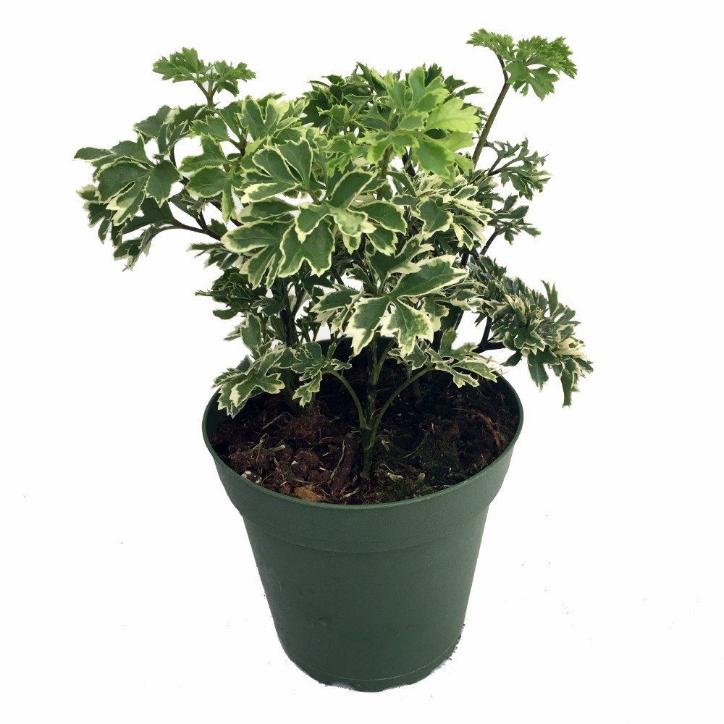
Habit
Shrub/Tree
Height
1-2 m
Growth
Moderate
Soil
Well-drained, fertile soil
Shade
Partial shade to Full Sun
Moisture
Moist
Edible
No
Medicinal
No
Origin
Pacific Islands
Climatic Condition
Tropical
Temperature (°)
18-24°C
Humidity (%)
60-80%
Potting media
Peat-based mix
Fertilizers
Balanced NPK
Watering
Water when the top inch of soil is dry
Plant Weight
500-800 g
Flowering Time
Rarely flowers indoors
Soil Ph level
5.5 - 6.5
Water Ph level
6.0 - 7.0
Soil EC
Medium
Yield Per Plant
Ornamental use
NPK ratio
life Span
5-10 years
Health Benefits
Suggested Grow Media or Potting Mix ?
50% peat moss, 30% perlite, 20% compost
Suggested Fertigation/Fertilizers
Fertilize every 2 weeks with a balanced, water-soluble fertilizer.
Common Diseases and Remedies
Root Rot, Leaf Spot, Mealybugs, Scale Insects, Anthracnose.
Browning edges, wilting, sticky residue.
Neem oil, compost tea, garlic spray.
HEALTH BENEFITS
- · Anti-inflammatory Effects – Some Polyscias species have compounds that may help reduce inflammation.
- · Antioxidant Properties – These plants contain bioactive compounds that could help fight oxidative stress.
- · Traditional Use for Skin Conditions – In some cultures, related species are used for wound healing and skin issues.
- · Possible Adaptogenic Benefits – Some Polyscias species are believed to help the body cope with stress.
What Is An Aralia Plant ?
Aralia is a genus of plants in the family Araliaceae. It includes herbaceous plants as well as woody shrubs and trees. Some species are popular as ornamental plants, especially in temperate regions. The best-known species is Aralia aralia, commonly known as the Japanese angelica tree or simply the angelica tree. It is native to Southeast Asia and is known for its large leaves, leaves and white flowers. Aralia spinosa, also known as devil's rod, is another species of this genus found in eastern North America. It is a small tree with large, spiny stems and clusters of white flowers. Aralia tree is the popular name for many trees belonging to the Aralia genus in the Araliaceae family. These trees are found in many parts of the world, including Asia, North America and South America.
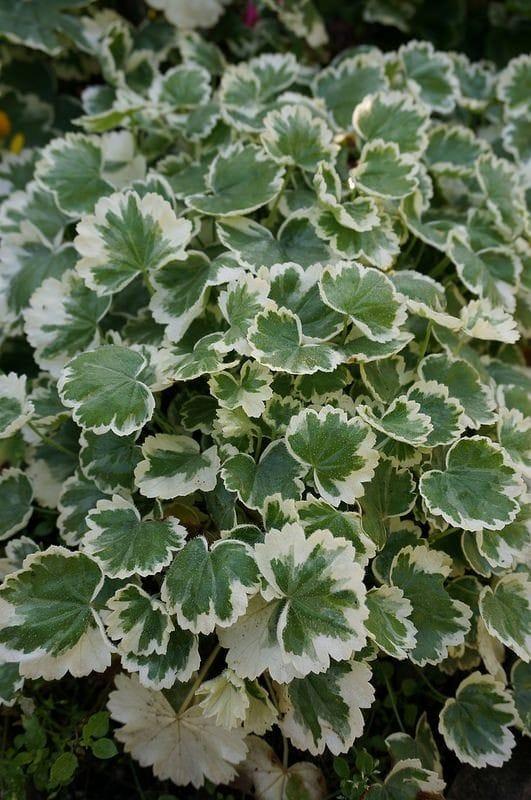
What Are The Different Types Of Aralia Plants?
1. Aralia elata (Japanese angelica tree)
This is a deciduous tree native to Southeast Asia. It is known for its large, compound leaves and showy white flowers.
2. Aralia (Devil's Club)
This is a small tree native to eastern North America. It has large, spiny stems and clusters of white flowers.
3. Spikenard
It is a deciduous tree native to Southeast Asia. It has heart-shaped leaves and clusters of small white flowers.
4. Aralia aralia (Chinese angelica tree)
It is a deciduous tree in Southeast Asia. It has large leaves and small white flowers.
5. California Spikenard
This is a perennial plant native to California. It has large leaves and small white flowers.
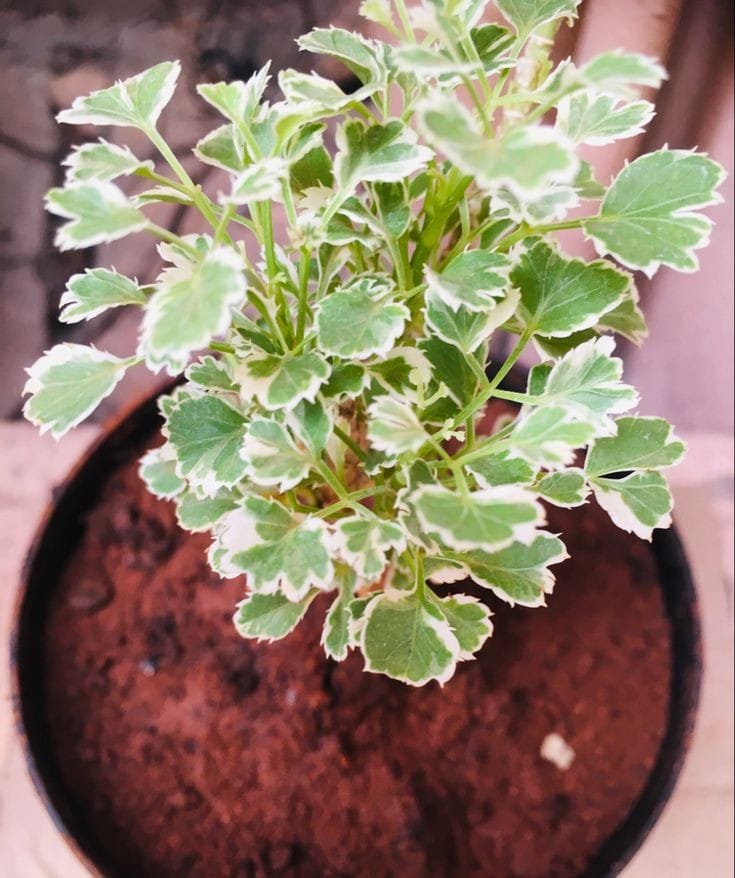
How to Care for Aralia Plant ?
1. Location
Aralia plants are versatile and can be grown indoors and outdoors, depending on the variety and climate. Some general tips for the best location for Aralia plants:
1. Indoor: Aralia plants can be grown as indoor plants in bright and dim light. Place them near a window so they can get plenty of light, but avoid direct sunlight as this can burn their leaves. They also like high humidity, so it's a good idea to regularly spray the leaves with water or have humidity nearby.
2. Outdoor : Some aralia plant species, such as aralia and aralia, can be grown outdoors in warm weather. They like partial shade and well-drained soil. Don't forget to water regularly, especially in hot and dry weather. Aralia plants can also be grown in a greenhouse where you can control temperature, humidity, and light levels to create optimum growing conditions.
Aralia plants can be grown in containers both indoors and outdoors.
2. Sunshine
Aralia plants generally like bright, dim light. They can tolerate direct sunlight, especially in the morning or afternoon, but direct sunlight can burn their leaves. If you're growing aralia plants indoors, place them near a window to get more natural light, but avoid direct sunlight. If growing outdoors, choose a location with partial shade, especially during the hottest parts of the day. In general, aralia plants are adaptable and can tolerate a lot of light, but they prefer bright, dim light for good growth.
3. Soil
Black Aralia plants, also known as Polyscias, are generally adaptable to different soil types, but they prefer well-drained, slightly acidic to neutral soils. The best mixture for Aralia plants is a mixture of peat moss, perlite and potting soil. This mixture provides good drainage while retaining some moisture, which is ideal for aralia plants. It is also important to make sure the pot has drainage to prevent water from pooling.
4. Hydration
Aralia plants love normal soil but do not like living in water. It's important to water thoroughly when the topsoil feels dry to the touch, but allow the soil to dry out a bit from the water. Overwatering can cause root rot, so it's important to maintain balance. Generally speaking, aralia plants love moisture, so occasional watering of the leaves is also beneficial.
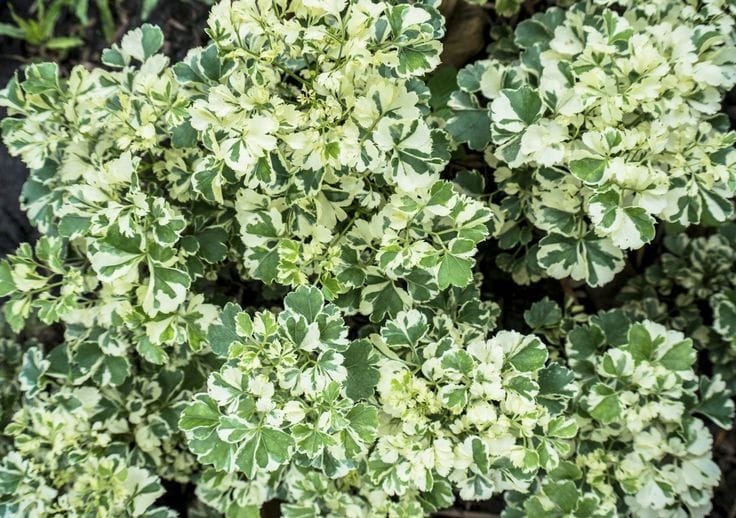
5. Nourishment
Aralia plant requires very little care in terms of fertilization. During the growing season (spring and summer), you can fertilize them every month with a balanced, water-soluble fertilizer diluted by half. During the dormant season (autumn and winter), the frequency can be reduced to once every 6-8 weeks. Avoid over-fertilizing as this can cause more salt to build up in the soil, which can harm your plants.
6. Issues
Aralia plants love normal soil but do not like sitting in water. Overwatering can cause root rot. Although they like wet soil, they do not like it to be completely dry. Insufficient watering can cause wilting and leaf drop. Aralia plants like moist soil. Brown leaves or edges may occur if the air is too dry. Check your plants regularly for signs of pests and intervene immediately if found. If the plant is regularly overwatered, root rot occurs. Additionally, fungal diseases can occur in moisture. To avoid these problems, make sure there is good weather around the venue and avoid overcrowding. Aralia plants prefer temperatures between 15-27°C (60-80°F). Do not place it in cold weather or change the temperature immediately. Although they can tolerate low light, they prefer bright, indirect light. Insufficient light can cause leggy growth and reduced vigour. Excessive fertilization causes salt accumulation in the soil, which harms plants. Follow the recommended fertilization schedule and dilute the fertilizer by half.
What are the Benefits of Aralia Plant ?
Like many indoor plants, aralia plants can help improve indoor air quality by removing toxins such as formaldehyde, benzene, and trichlorethylene from the air. Aralia plants have attractive leaves in many shapes and colours, making them a popular choice for interior decorating. Research shows that being near plants can reduce stress and improve mood. The presence of Aralia plants indoors will help create a peaceful atmosphere. Aralia plants help regulate humidity in the home by changing and releasing moisture into the air. Integrating plants such as Aralia into interior spaces is part of biophilic design, which aims to connect people with nature and create a better and more stable environment. Aralia plants are low maintenance and can tolerate a lot of light; This makes them suitable for beginners or those who do not have time to devote to plants. Aralia plants are available in many sizes and shapes, from small tablets to large plants; This makes them attractive designs suitable for many places.
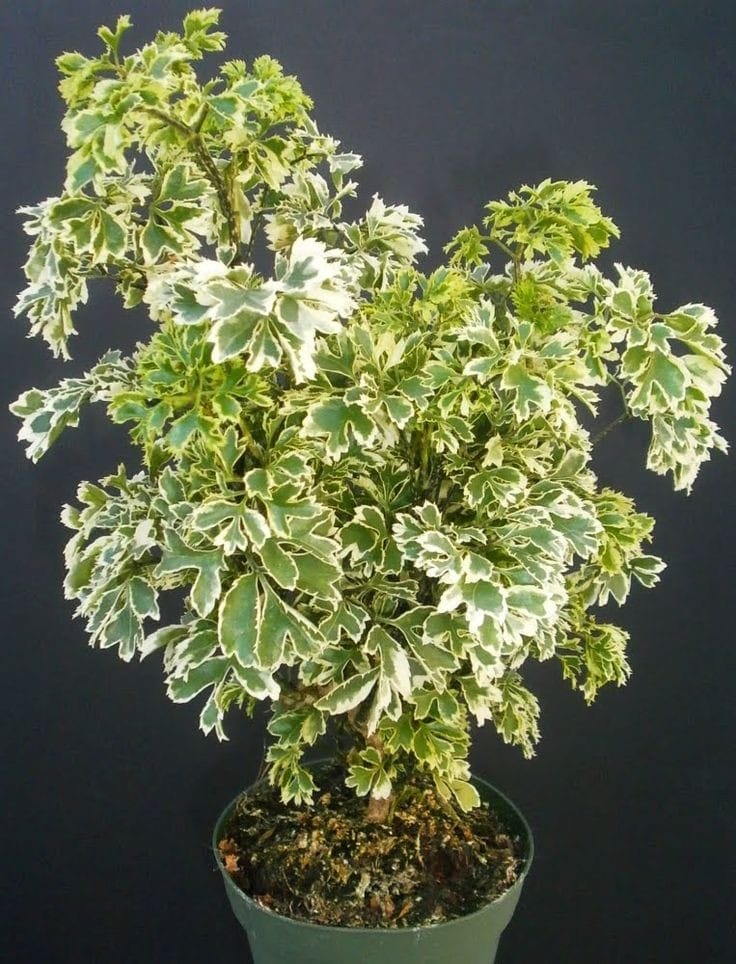
FAQs About Growing Aralia Plant
1. How to care for Aralia plant ?
Aralia plants love moisture. Sometimes spraying water on the leaves or using a humidifier can help maintain moisture. Fertilize once a month during the growing season (spring and summer) with a balanced water-soluble fertilizer diluted by half. During the dormant season (autumn and winter), reduce frequency to every 6-8 weeks.
2. What are the uses of Aralia plant ?
Aralia plant, also known as Polyscias, has many uses: Aralia plants are grown primarily for their attractive leaves of many shapes, sizes and colours. They are popular as indoor plants and can be used to add visual interest and greenery to homes, offices and other indoor spaces. Like many indoor plants, aralia plants can help improve indoor air quality by removing toxins such as formaldehyde, benzene, and trichlorethylene from the air. Research shows that being near plants can reduce stress and improve mood. The presence of Aralia plants indoors will help create a peaceful atmosphere. Aralia plants help regulate indoor humidity by releasing water into the air through translocation.
3. Can I grow Aralia plant indoor ?
Yes, Aralia plants can be grown indoors. They are popular houseplants because of their beautiful leaves and low maintenance. Here are some tips for growing aralia plants indoors: Repot your Aralia plant every 1-2 years or when it outgrows its current pot. Use well-drained mixes and containers with drainage holes. Check plants regularly for pests such as spider mites, scale insects or mealybugs. It quickly heals all diseases. Avoid excessive watering to prevent root rot and fungal diseases.
4. Which Pot is best for Aralia plant ?
Aralia plants, it is important to consider the following: Choose a pot that is slightly larger than the current pot. Aralia plants like small roots, so a pot that is too large can cause overwatering and root rot. Make sure there are holes in the bottom of the pot so excess water can drain out. Aralia plants like moist but well-drained soils, waterlogged soils can cause root rot. Choose a pot made of breathable material such as clay, ceramic or terracotta. This material allows air and moisture to pass through, which is good for the plant's roots. Consider the beauty of the pot and how you will complement the foliage of your Aralia plant. Choose a tree that suits your decor and personal style. In general, pots that are larger than normal pots, have drainage holes and are made of breathable material Check out local sales, markets or factory exchanges in your area. These events often sell a variety of plants, including Aralia plants. Some specialty stores sell many items that are rare or impossible to find at home, including Aralia plants.
5. where can I buy Aralia plant ?
Check out specialty stores in your area or online. When purchasing Aralia plants, be sure to choose healthy plants with lush green leaves and free of diseases or pests.

